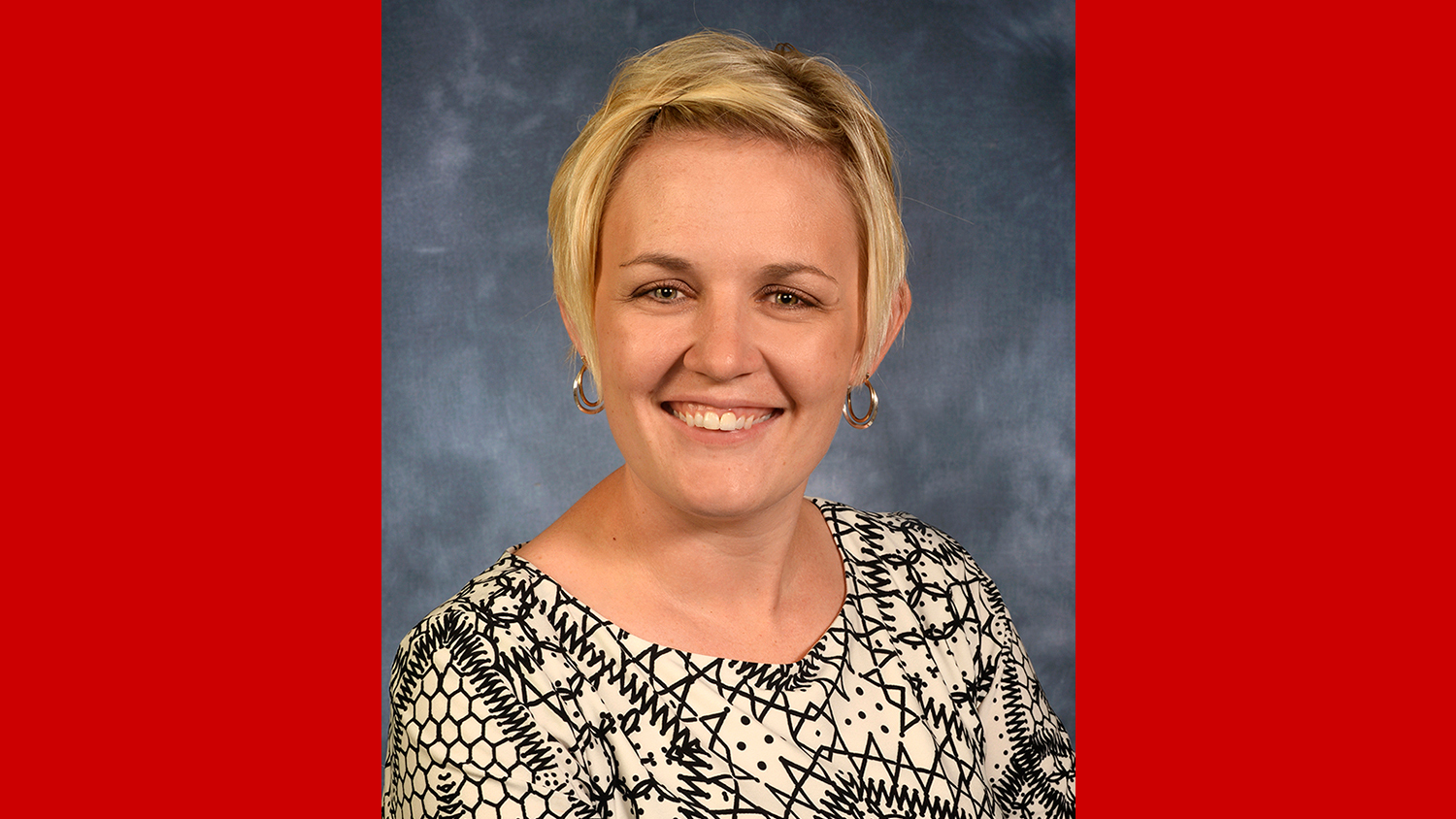Barrett Kays breaks new ground in career spanning soil science and landscape architecture
Dr. Barrett Kays may never have outgrown the near-universal childhood love of playing in the dirt, but he’s not out making mud pies. Instead, the NC State University alumnus is designing soils that support some of the nation’s most complicated landscape architectural projects.
Through his company, Landis Inc., Kays serves as a consultant on projects related to environmental restoration, economic development and community planning. It’s a wide-ranging practice that draws on his expertise in soils, hydrology, groundwater and environmental science.
While some chuckle at the notion of “designing” soils, it is precisely this piece of his work that Kays has perhaps become most known for: figuring out how to make soils that not only stand up to major foot traffic and big rainstorms but also support inviting, thriving urban landscapes.
His biggest – and first – project along these lines involved the Great Lawn of New York City’s Central Park. By the 1990s, the lawn had become what one official called a “dust bowl,” and Kays was hired to bring it back to life in what was believed at the time to be the largest landscape restoration project ever tried.
Kays’ solution called for leaving in place two feet of a highly compacted, sink-hole-riddled lawn, installing a drainage system and adding 8,000 truckloads full of an innovative soil blend that was mostly sand of a particular size but also included loam and organic matter.
The goal, as Kays recalled, was to support a beautiful lawn even if there was the biggest rainstorm expected in 100 years and then a half million people came together three hours later for a concert or other public event.
As he told Red & White for Life, the blog of NC State’s Alumni Association, “Typically in the past, the way urban parks get destroyed is when you have these large events with a lot of people, when they occur after a large rainstorm event.”

Today, the Great Lawn functions, Kays says, just as well as it did when the day it reopened 17 years ago. And its success has brought the soil scientist and landscape architect several awards – as well as prominent new projects for his Raleigh-based consulting firm Landis Inc.
Last summer, Kays turned in plans for a custom soils and a drainage system for the planned President Dwight D. Eisenhower Memorial in Washington, D.C.
The Eisenhower site, expected to host millions of visitors every year once it opens in 2017, covers four acres along Maryland Avenue and within sight of the U.S. Capitol. Architect Frank Gehry’s plans call for using large, mature trees to create a shaded urban park, so the custom soil blend Kays came up with is designed to replace existing soil to a depth of 4.5 feet.
Not only must the soil be deep enough and rich enough to support the trees, it also must drain when it’s really wet and retain moisture when it’s dry. Kays contends that his system will be able to handle the biggest rainstorm that would be expected in 1,000 years with no runoff.
Kays is also working with Longwood Gardens, one of the nation’s top botanical gardens, as it works to renovate its famed fountain area. Longwood Gardens, in Kennett Square, Pennsylvania, hosts outdoor events that attract visitors from across the nation by the busload year-round.
The gardens’ current loamy soil holds moisture well, but that creates problems when a storm precedes a big event. “If it’s rained in the last five days, you can’t put the crowds out on the lawn,” Kays says. “It’s way too mushy.”
Kays’ challenge was to develop a soil that would drain well yet hold enough nutrients to support trees and other vegetation. It was a challenge that built on the knowledge he’d gained in work on all three of his university degrees: a bachelor’s in horticulture from Oklahoma State University, his NC State master’s in landscape architecture and doctorate in soil science from NC State’s College of Agriculture and Life Sciences.
As a doctoral student, Kays’ focused his dissertation on urban stormwater in North Carolina’s piedmont. “When I finished up, I talked with different firms, and no one at that time was interested in stormwater. So I ended up starting my own firm,” he says.
That firm, Barrett Kays and Associates, focused on environmentally sustainable designs for urban projects, as does his current firm, Landis.
In the 35 years since he got his professional start, Kays has amassed a 20-plus page resume that includes projects up and down the East Coast. There are rainwater catchment, stormwater treatment, wastewater treatment and green roof drainage system projects. There are school site plans, lake restorations and environmental assessments for highway projects. There are presentations and publications for groups of soil scientists, urban planners, landscape architects and turfgrass experts.

And there is plenty of expert testimony in court cases involving development impacts: Kays estimates that a third to a half of his work entails this detective-type work.
And when he’s not out solving problems for his clients, there’s a good chance he’s giving back to his alma mater. He’s contributed as a visiting instructor for landscape architecture, as a regular writer for the Soil Science Department’s newsletter and as a past member of the College’s Agricultural Foundation board of directors and the soil science department’s fundraising committee. In 2011-12, he was named CALS Outstanding Alumnus for soil science.
– Dee Shore
- Categories:


